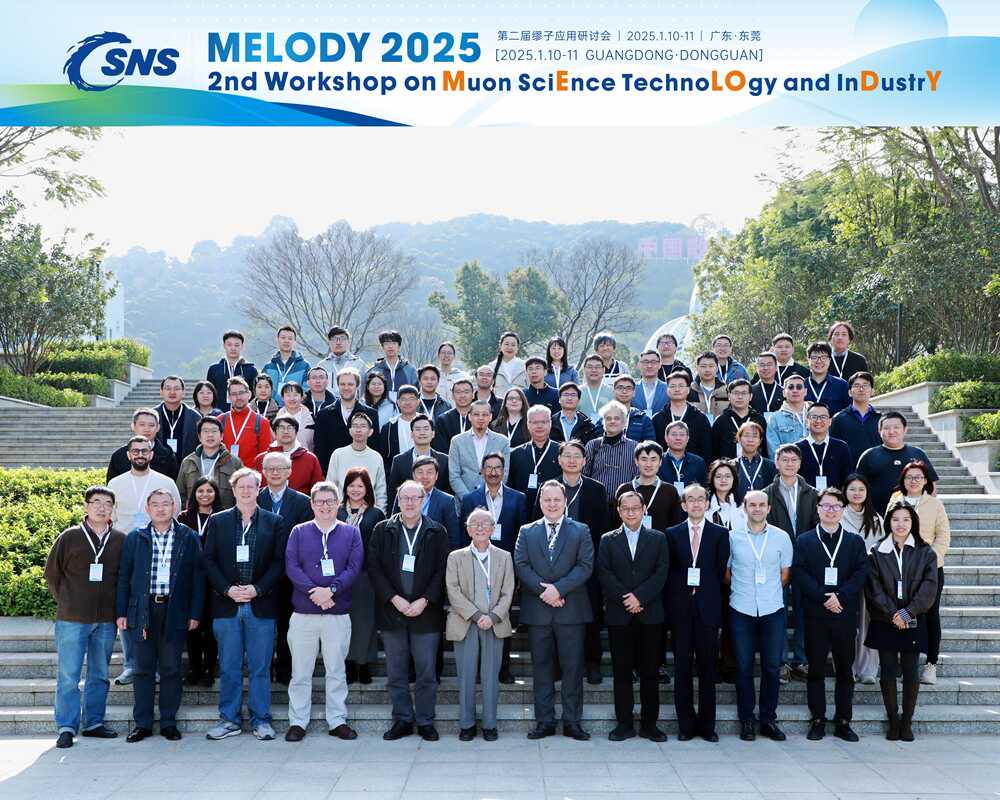On January 10–11, the CSNS hosted the Second Muon Application Workshop for the Muon Source Station. The workshop brought together over 70 experts and scholars from around the world, including renowned international research institutions such as the Rutherford Appleton Laboratory (RAL, UK), the Japan Proton Accelerator Research Complex (J-PARC), the Japan Atomic Energy Agency (JAEA), the Italian National Institute for Nuclear Physics (INFN), the TRIUMF Accelerator Centre (Canada), the Paul Scherrer Institute (PSI, Switzerland), the University of Zurich (Switzerland), the Royal Institute of Technology (Sweden), McMaster University (Canada), the University of Guelph (Canada), Columbia University (USA), and Osaka University (Japan).
Domestic participants included representatives from leading universities and research institutes such as the University of Science and Technology of China, the University of Chinese Academy of Sciences, Zhejiang University, Fudan University, Shanghai Jiao Tong University, Peking University, the Suzhou Laboratory, the Songshan Lake Materials Laboratory, the Institute of Physics (CAS), the Institute of Modern Physics (CAS), the Palace Museum, and the Chinese Academy of Cultural Heritage. Distinguished attendees included Dr. Adrian Hillier, head of the UK Muon Source, Dr. Naritoshi Kawamura, head of the J-PARC Muon Source, and Dr. Martin Månsson, Chair of the International Society for Muon Spin Rotation/Relaxation/Resonance (ISMS).
During the workshop, experts from China and abroad engaged in in-depth discussions and exchanges regarding the Muon Experimental Terminal (MELODY) of the CSNS Phase II Project, focusing on multidisciplinary research needs and advancements. The meeting provided crucial guidance and recommendations for the overall construction of MELODY and the application of its muon spin rotation/relaxation/resonance (µSR) spectrometer. It also strengthened collaboration and communication between muon facility scientists, µSR experimental users, and researchers from various disciplines. Dr. Martin Månsson, on behalf of ISMS, expressed gratitude to the organizers and congratulated them on the workshop’s success and the significant progress of the MELODY project. He welcomed this new muon experimental platform into the global muon science community.
The Muon Source Station will play a vital role in condensed matter physics, magnetic materials, new energy materials, and superconducting materials upon completion. It will provide China with a new particle source research platform, further supporting the development of the Guangdong-Hong Kong-Macao Greater Bay Area as a comprehensive national science center.




